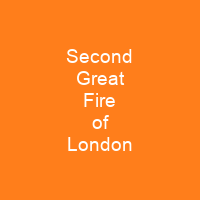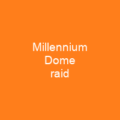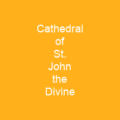The Second Great Fire of London in December 1940 was one of the most destructive air raids of the Blitz during World War II. On the night of 29–30 December 1940, approximately 100,000 bombs fell on the city. Fires started by the raid included an incendiary bomb that broke through the dome of St Paul’s Cathedral.
About Second Great Fire of London in brief

12 of those killed in the raid were firefighters, while 250 were injured. Firefighters’ efforts were hampered by a water shortage. Efforts to draw water from the River Thames was hampered by the low tide. The fire brigade’s difficulties were further exacerbated by wind, combined with the concentrated area of the attack. A famous photograph, St Paul’s Survives, was taken from the roof of the Daily Mail building by Herbert Mason.
You want to know more about Second Great Fire of London?
This page is based on the article Second Great Fire of London published in Wikipedia (as of Jan. 01, 2021) and was automatically summarized using artificial intelligence.







